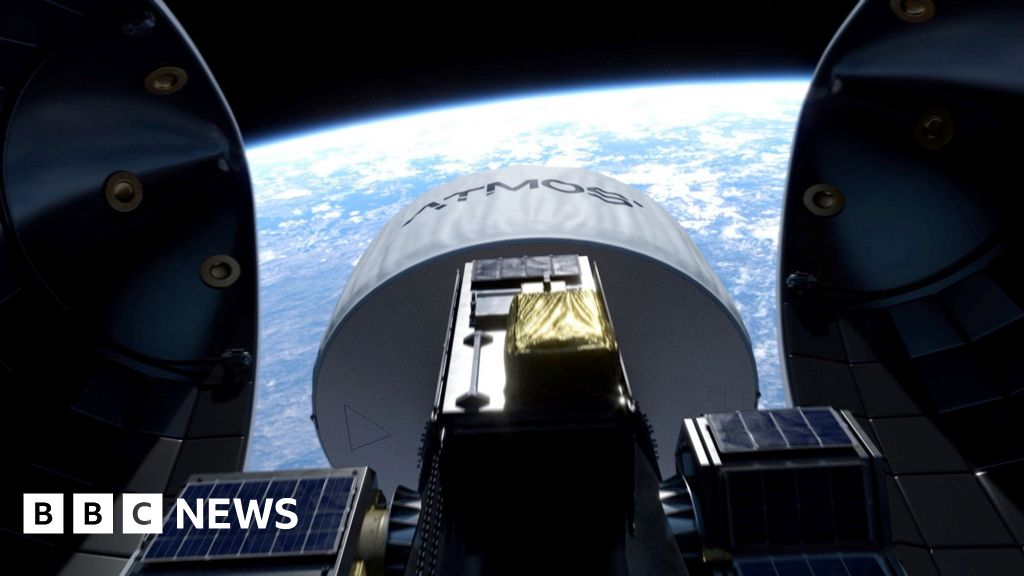Citizen Science: Merging Data from iNaturalist and eBird to Uncover Bird Migration Patterns

In the realm of citizen science, various platforms like iNaturalist and eBird have emerged, encouraging individuals to actively observe and document the rich tapestry of nature around them. However, a pivotal question arises: how accurate is the ecological data that these platforms collect and share? A recent study, published on March 28 in Citizen Science: Theory and Practice, sheds light on this inquiry.
Researchers from the University of California, Davis, have provided compelling evidence that the citizen science data gathered from both iNaturalist and eBird can effectively capture known seasonal patterns of bird migration across the regions of Northern California and Nevada. This includes a diverse array of avian species, from year-round residents like the California Scrub-Jay to seasonal visitors such as the Western Tanager and the Pectoral Sandpiper.
Senior author Laci Gerhart, an associate professor of teaching in the UC Davis Department of Evolution and Ecology, stated, This project demonstrates that data from participatory science initiatives, with their varied goals, observers, and structures, can be amalgamated into robust datasets that address significant scientific questions. He emphasized that contributors to smaller projects can make real contributions to broader ecological discoveries.
The study originated from a student capstone project within Gerharts Wild Davis field course, which immerses students in the study of urban ecology and California's diverse ecosystems. The first author of the study, Cody Carroll, currently an assistant professor at the University of San Francisco, participated in the course in 2020 while finalizing his doctorate in statistics at UC Davis.
Typically, capstone projects in Wild Davis focus on community service initiatives at the Stebbins Cold Canyon Nature Reserve. However, during the COVID-19 pandemic, students were limited to computer-based projects. Carroll utilized this opportunity to apply his statistical skills to analyze data from iNaturalist.
After Carroll graduated and commenced his role at USF, the research team reconvened to enhance their project by integrating data from eBird, another citizen science platform that attracts bird enthusiasts, especially those with more extensive birding experience.
The differences between iNaturalist and eBird are noteworthy; eBird caters to trained birders undertaking meticulous records of their observations, while iNaturalist appeals to casual observers who seek to learn about various organisms while documenting their findings scientifically. This disparity prompted the research team to investigate the potential for combining data from both platforms.
eBird is designed for serious bird watchers who keep detailed records of sightings in specific locations, explained Gerhart. In contrast, iNaturalist is intentionally accessible to casual users who are equally interested in learning as they are in scientific documentation.
To effectively merge the data, Carroll focused on the relative frequency of observations rather than simply the total number of sightings. This approach also took into account the cyclic and seasonal nature of bird migrations, allowing for a more nuanced integration of the data.
The researchers examined data spanning 254 bird species observed in Northern California and Nevada during the years 2019 and 2022. Remarkably, they discovered that more than 97% of the bird species exhibited similar seasonal migration patterns across both platforms.
To validate their findings, Gerhart and Carroll collaborated with Rob Furrow, an assistant professor of teaching in the Department of Wildlife, Fish and Conservation Biology and an avid bird watcher and eBird user. We aimed to discern whether we were accurately identifying migratory patterns or if biases in observations were influencing our results, Gerhart noted.
With Furrow's expertise, the team confirmed that the combined iNaturalist and eBird data accurately represented a variety of established bird seasonal patterns in the region. For instance, their findings indicated that California Scrub-Jays are present year-round, while Bufflehead ducks migrate to the area in mid-fall and leave in early spring. Additionally, Western Tanagers were noted to pass through in late spring on their southward migration for winter, only to return in late summer for breeding.
Furrow expressed his astonishment at the reliability of the data, stating, We were genuinely pleasantly surprised that we could obtain reliable data despite the inherent differences between eBird and iNaturalist. Even when relying on casual observers who may document birds sporadically, we still achieve a dependable representation of the avian population in that area during specific times.
This study not only highlights the capabilities of publicly generated data but also underscores its potential to answer critical biological questions. Gerhart remarked on the value of interdisciplinary collaboration, saying, This is a splendid example of why interdisciplinarity matterswe each brought unique insights to this project, enriching our collective understanding. He also noted the enjoyable experience of merging their diverse skill sets and expressed hope for future collaborations with Carroll and Furrow.
To acknowledge the contributions of the public in data collection, the research team opted to publish their findings in an open-access journal, ensuring that the results remain accessible to all. Moreover, Carroll, in partnership with a student at USF, developed a dashboard that allows users to explore and visualize the seasonal patterns for all 254 bird species studied. Its vital for scientists who depend on publicly generated data to ensure that their findings are made publicly available, Gerhart concluded.





























